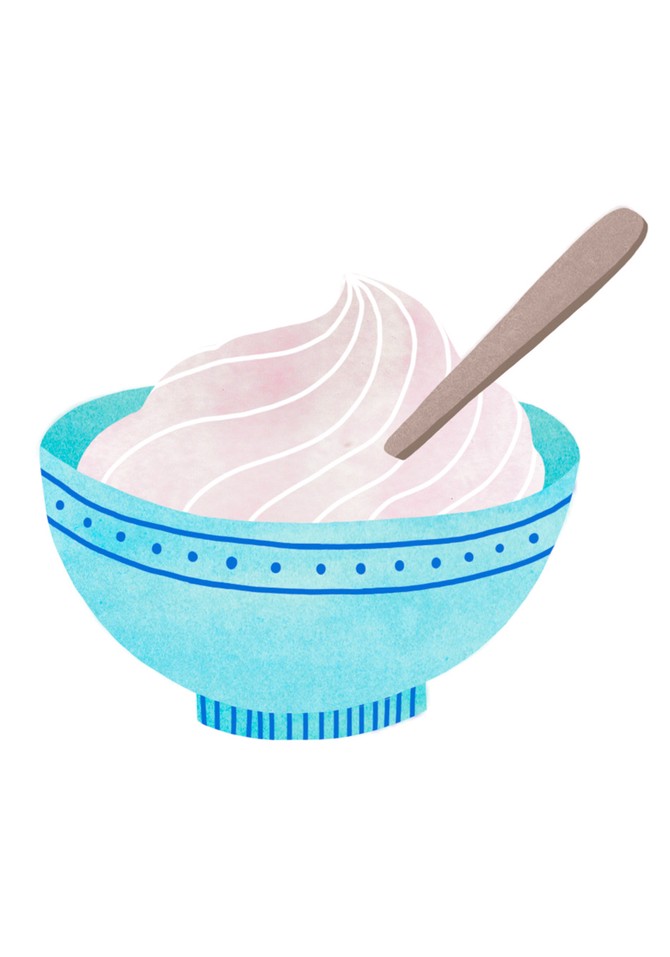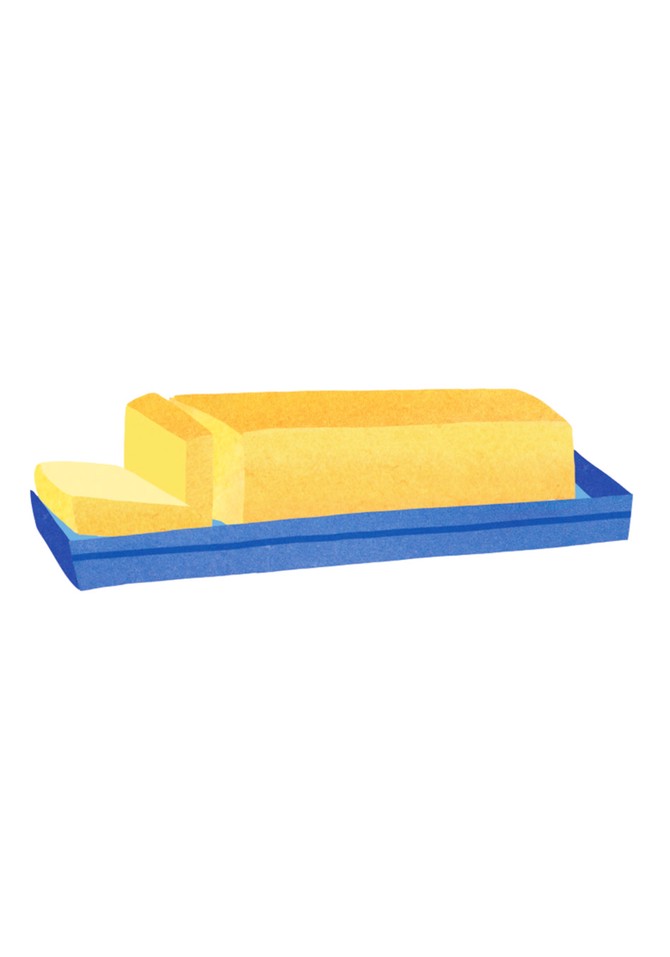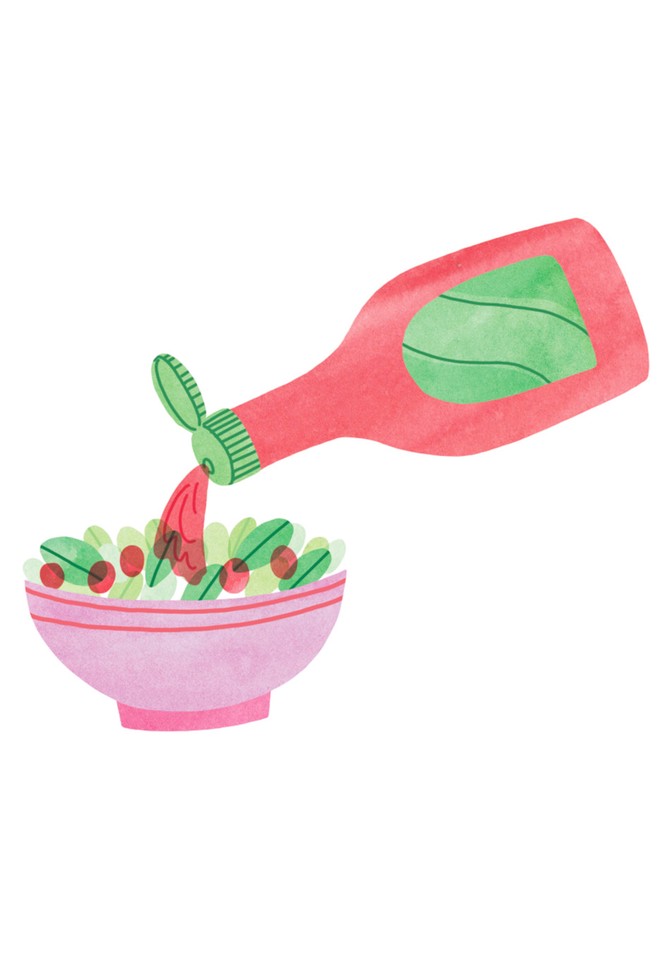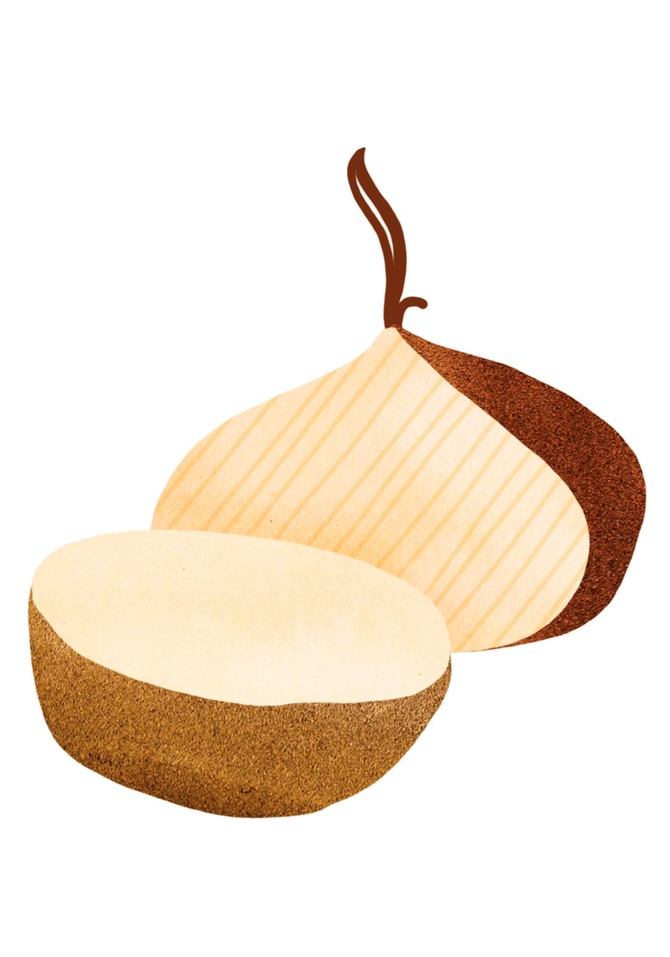Dr. Oz vs. Your Fridge: What to Keep and What to Toss
Take stock of your staples—they may be sabotaging your diet.
By Dr. Mehmet Oz

Photo: Greg Kessler
My advice for maintaining a healthy lifestyle has always been the same: automate, automate, automate. If you get in the habit of having the right foods on hand in your kitchen, you'll eat them; if you don't buy the tempting stuff, you won't be tempted. It's really that simple. We polled O readers to find out what's in their refrigerators, and here are a few of the most popular items—along with my advice on what to keep, toss, and cut back on. (Plus one new superfood to add.)

Photo: Marisa Seguin
Keep
Yogurt
But only if it's Greek. One of my all-time favorite belly-flattening foods, Greek yogurt contains roughly double the protein and half the carbs of regular low-fat yogurt. You'll want to pick a variety that's low in sugar (add your own fresh fruit to make it sweeter) and high in protein (some brands contain 20 grams per serving). A small 2013 study in the journal Appetite found that women who consumed an afternoon yogurt with 24 grams of protein felt fuller longer than those who had yogurt with only five grams of protein.
Eggs
Cholesterol-wary eaters should no longer fear the humble egg. According to one 2013 report, eating an egg a day is not associated with an increase in heart disease risk; in fact, the researchers found that these protein powerhouses are actually associated with a slightly lower risk of stroke.

Photo: Marisa Seguin
Cut Back
Cheddar Cheese
While cheese has some nutritional benefits (it's high in protein and bone-building phosphorus), there's a case to be made for eating it sparingly. Aside from its high levels of saturated fat, Cheddar is a sneaky source of sodium: Two slices contain roughly 350 milligrams—15 percent of your maximum recommended daily intake. Instead, try nutritional yeast. Don't let the unappetizing name turn you off. It's a surprisingly satisfying alternative with a cheesy flavor, little fat, and a high B vitamin content. It comes in flakes or powdered form (you can find both in most health food stores) and can be sprinkled on vegetables, pasta, or popcorn guilt free.
Butter
I know laying off the butter is hard—it tastes so good! My daughter Daphne's German chocolate cake, an absolute guilty pleasure of mine, calls for two sticks of the stuff. But I have your heart's best interest in mind, and unfortunately, even two small pats of butter contain five grams of saturated fat—nearly the same amount that's in a fast food cheeseburger. Instead, swap in heart-healthy fats like those in olive oil. One study found that older adults who regularly consumed olive oil had a 41 percent lower risk of stroke than those who hadn't.

Photo: Marisa Seguin
Toss
Sugary Salad Dressing
I'm willing to bet that the door of your fridge is full of bottled dressings so high in fat or sugar that a couple of tablespoons can turn a healthy salad into a diet disaster. Stick with DIY dressings instead. I prefer olive oil and balsamic vinegar with a squeeze of lemon juice.

Photo: Marisa Seguin
Add
Jicama
While this sweet root vegetable isn't a household name yet, it should be. High in potassium, jicama is also a rich source of inulin, which acts as a prebiotic, promoting the growth of good gut bacteria that may help lower your risk of developing colon cancer. With an applelike texture, it adds a nice crunch to any salad, or you can slice it into sticks to use as dippers for hummus.
From the April 2014 issue of O, The Oprah Magazine

